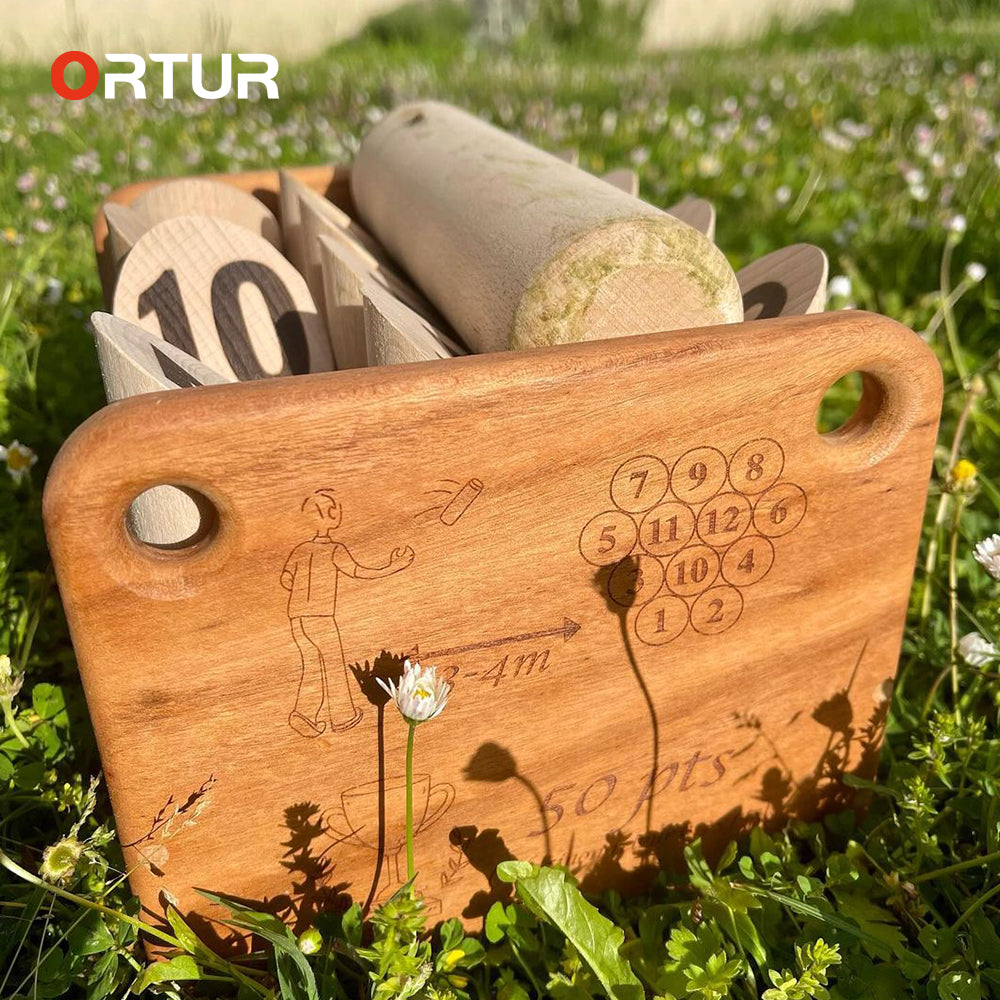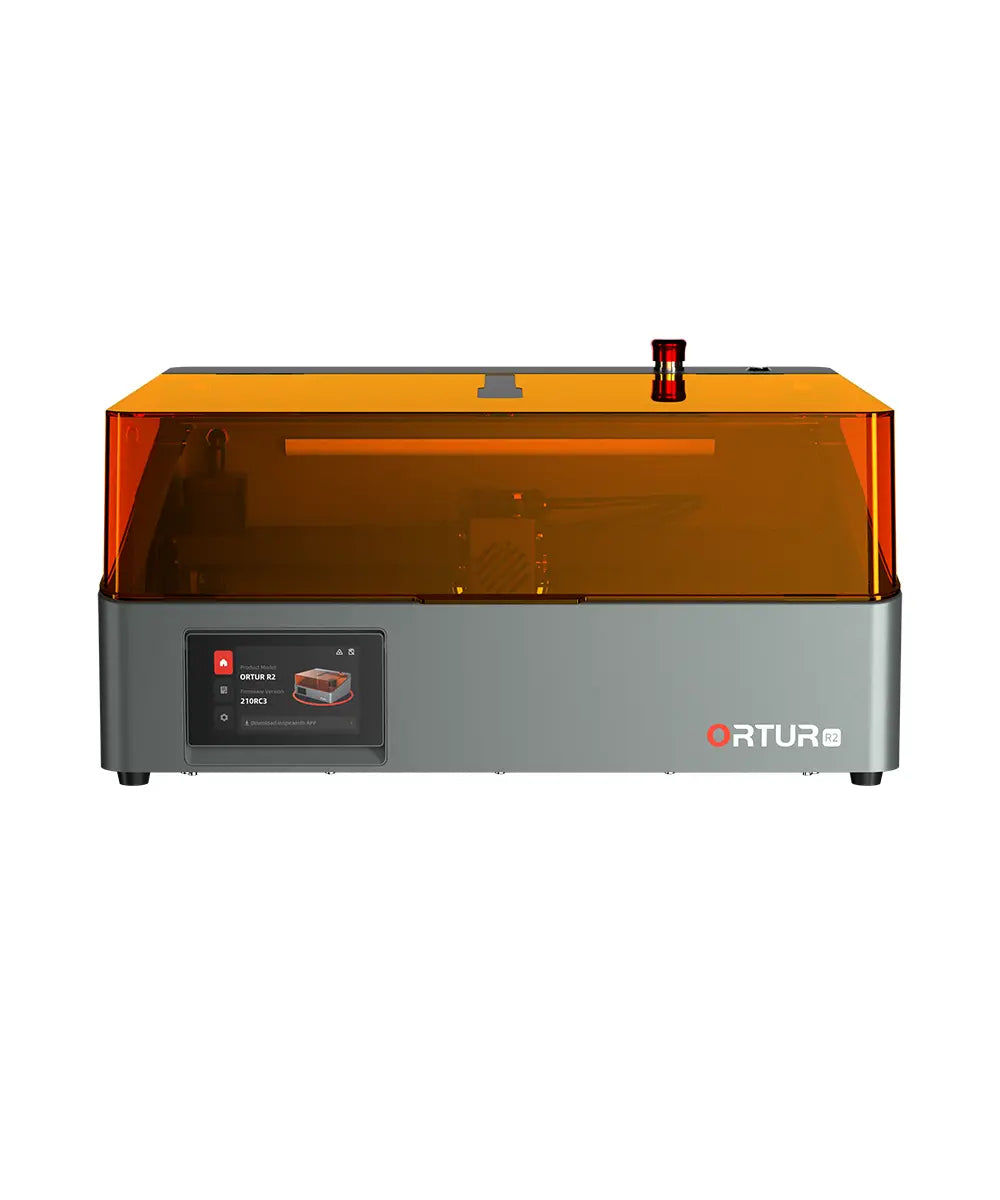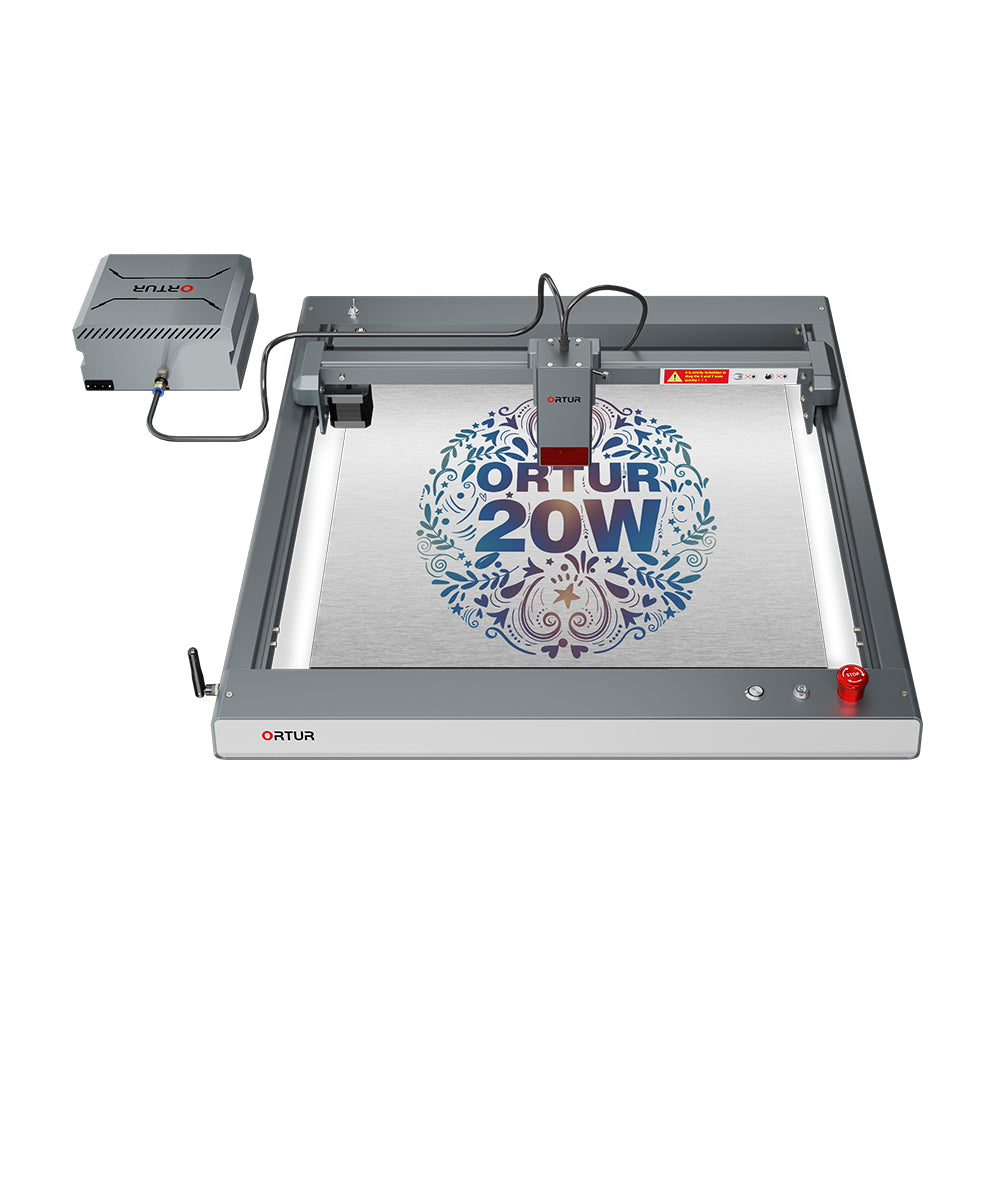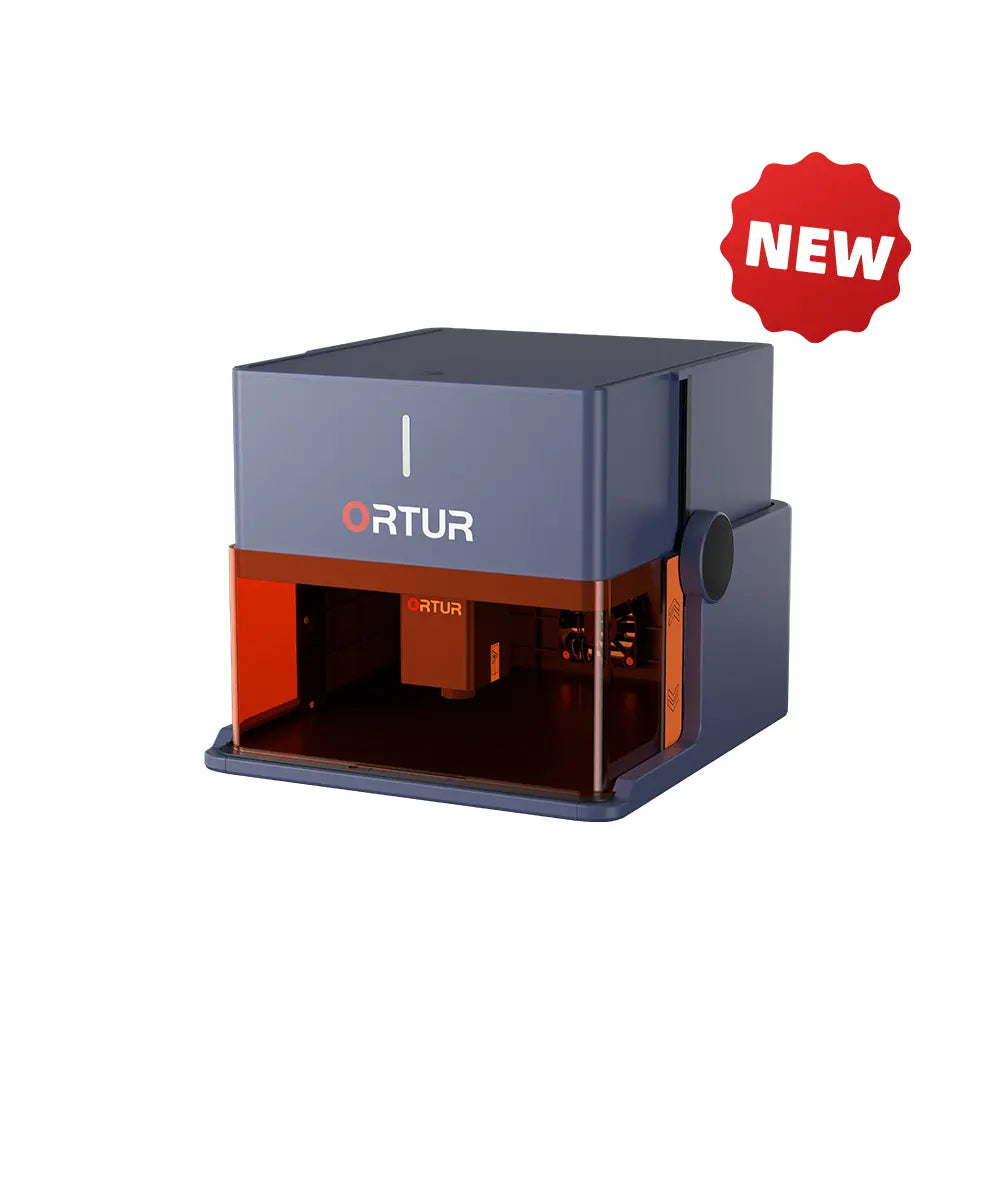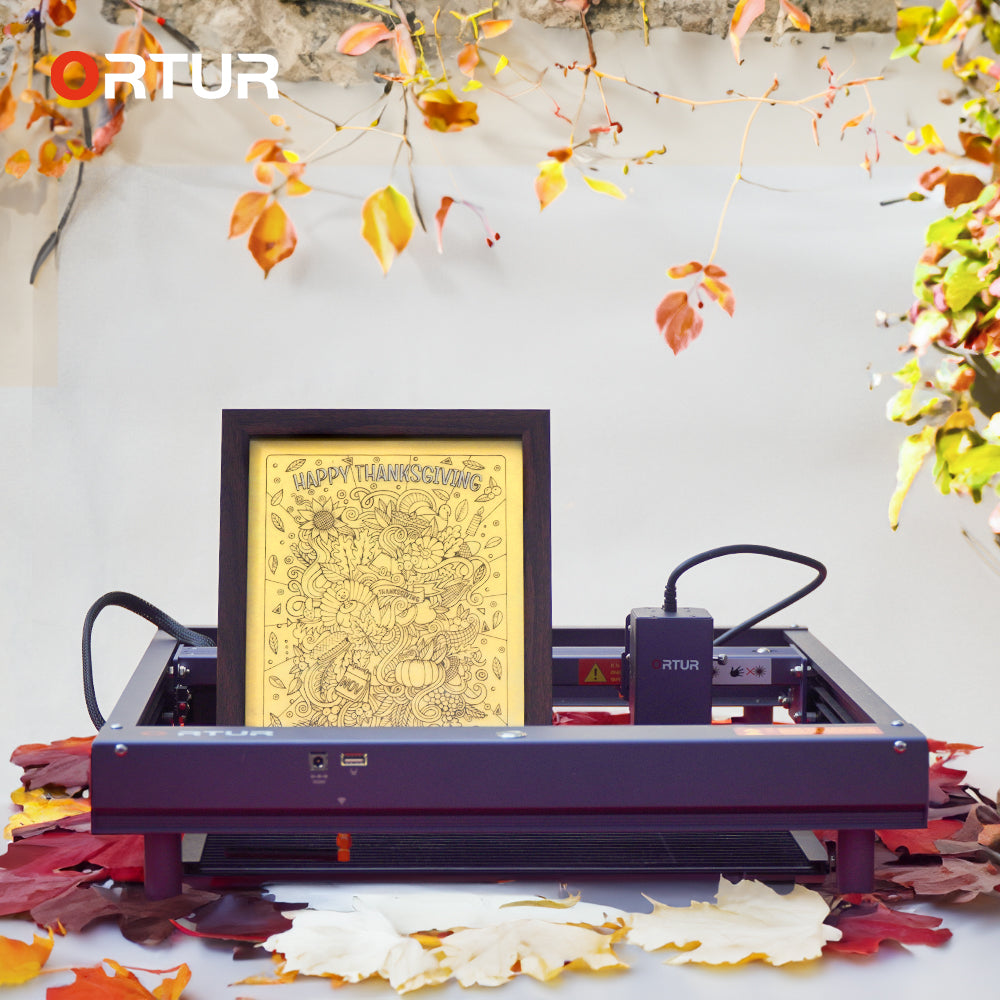This is How to Engrave Stone
Using Your Laser Machine
Read our detailed guide on how to engrave stone using your laser engraver machine and our recommendations for getting the best possible results.
- Introduction
- Understanding Stone Types for Engraving
- In Conclusion
Introduction
Laser is well known now for accurate engraving and cutting of a wide range of surfaces, including natural stone. The engraving made on stones is now widely used to inscribe texts, logos, and complicated designs which is why a significant chunk of search volume for the question of how to engrave stone is trending online. This tech has now improved so much that it is now challenging the professional stone engraving industry and the old methods followed by craftsmen. Platforms like Etsy and Amazon are now full of this product category.
For someone entering the field of stone laser art or laser engraving itself can be extremely overwhelming. That is why, we have explained here all the fundamental procedures and important factors that should be taken into account while laser engraving on stone.

Understanding Stone Types for Engraving
One needs to know certain types of stones before learning how to engrave stone and to understand the output quality of the engraving. Below are the most common relevant ones to the engraving industry
- Sandstone
It is the softer and lighter stone in weight mentioned in this list and gives the appearance of a more worn one as compared to what you see from a limestone. It is best to use on garden stones and other pieces of decorations that are placed outside. - Granite
On the contrary to sandstone, this stone is on the hard side and gives high-contrast engravings with laser beams. Such stonework is more suitable for use on monuments and large signs where one needs more reliability under exposure to weather changes. - Marble
Smooth from the outside and naturally available in different colors, this stone is also a great choice when it comes to finely cut engraved designs. Popular for engravings on trophies and plaques where one needs very fine details. - Slate
Slate is characterized by fine-grained and provides a more natural look. It is widely used on coasters, signs, and any decorative item. - Basalt
Commonly used in the densified form, this stone is one of the types of volcanic rock and is highly suitable for engraving. You will see this stone being heavily used in the manufacturing industries and expensive decoration.



Once you have selected the type of stone that is proper for your designs, the next step should be to consider these points before you start your engraving journey
1.A Capable Laser Cutter
Stones are prone to irregular or dirty surfaces; we recommend always checking and properly cleaning the surface to get desirable results.
2. Get High-Quality Designs
One of the common mistakes newbies make with stone engraving is that they use low-quality and low-contrast designs which results in a subpar impression on the stone. Make sure to use high-contrasting designs and do remember to use light stones for darker, deeper engravings and vice versa. Moreover, avoid complicated designs which can lose the fine details on the stone with overexposure to laser beams.
3. A Reliable Laser Engraver
Even if you become a pro at stone engraving, the outcome still can deviate from your expectations if the laser hardware you are using is not capable. The accuracy and the power of the laser beam coming out of your laser engraver can significantly impact the final results, this is why we recommend the Ortur LM3 laser cutter and engraver. Equipped with a 20-watt laser beam array and a safety system of dual fans and air-guided blinds, this laser engraver ensures high-quality results on stone surfaces.
Now you know how to select a stone surface for your next engraving project and how to avoid the most common mistakes, below are the steps explaining how to engrave stone the right way.
- Use a design software (e.g., Inspiraesth for Ortur LM3) to create or import a high-contrast design you want to engrave on the stone surface.
- Adjust the dimensions and resolution for the design based suitable to the dimensions of the stone. Also, adjust the engraving resolution a.k.a DPI based on the level of detail you intend to have.
- Use a damp cloth to remove any dust or debris from the surface of the stone and place it in the engraving bed.
- Iniate the engraving process and monitor any buildup of debris or residue blocking the engraving. If you are using Ortur LM3, such problems are avoided thanks to ultra-efficient dual fans and an “air assist” safety system.
- After the engraving is completed, we recommend using contrast-enhancing materials like paint or ink to increase the visibility of the engraving. Also, use stone sealant to protect your engraving which is especially recommended if you are doing this for your small business.
In Conclusion
n this article, we have summarized the common stones and methods of laser engraving, and hope it helpful for you.
Keep in Touch with Ortur
Related Articles
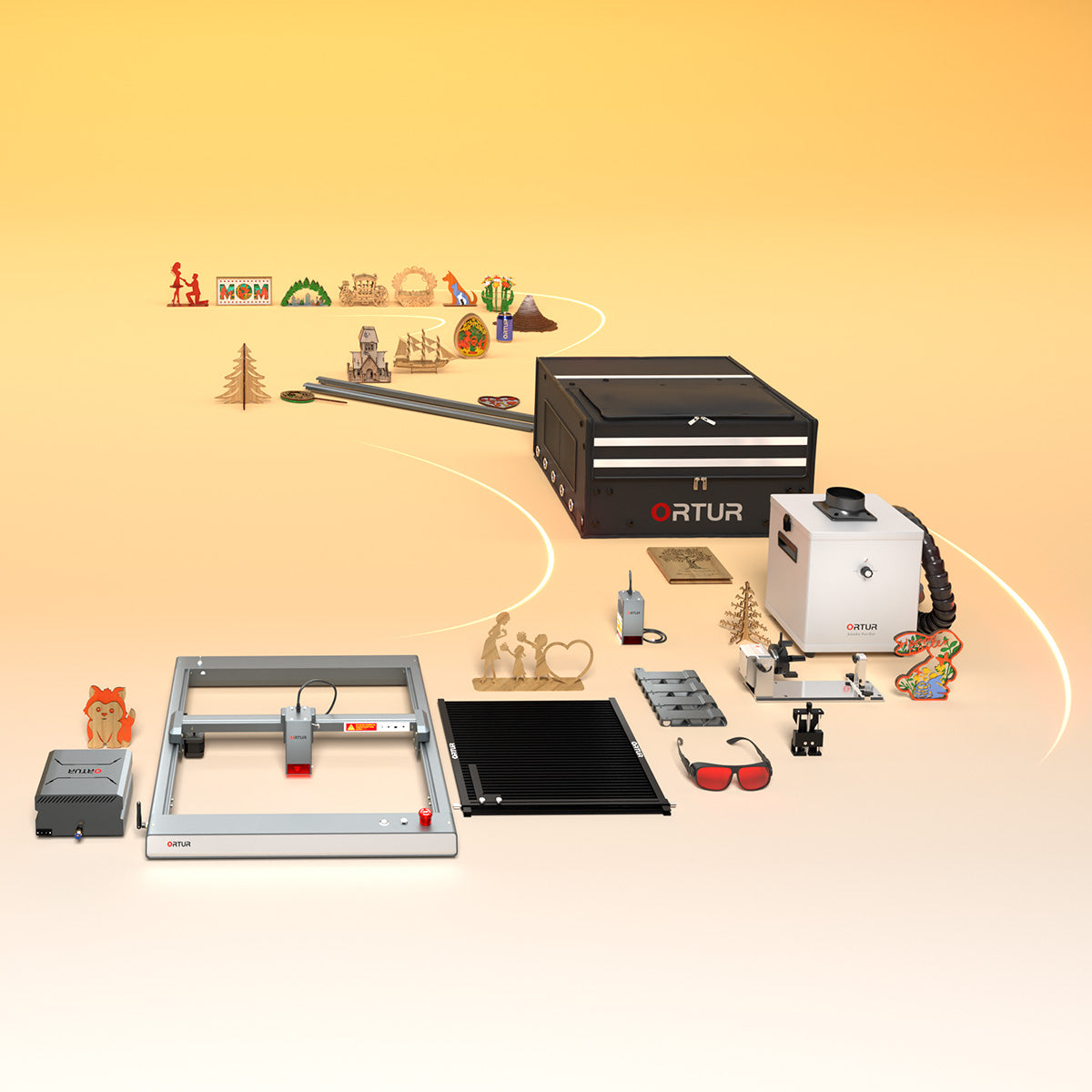
Engraving Time, Creating the Future
Related Articles
